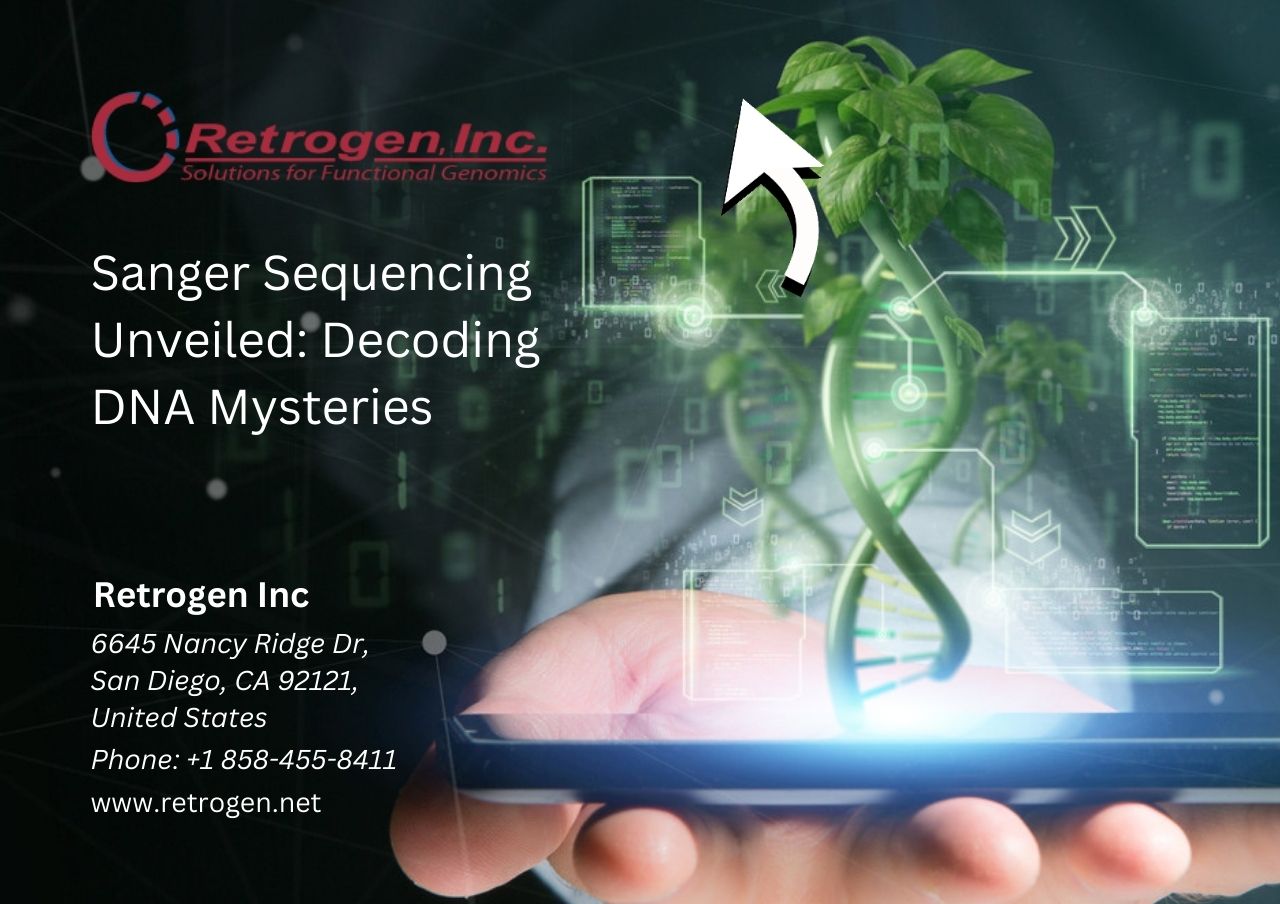
Welcome to a captivating exploration of Sanger Sequencing, a groundbreaking technique that has been a cornerstone of genetic research. This blog post aims to take you on a journey through the history, step-by-step process, real-world applications, and the ongoing relevance of Sanger Sequencing in the fascinating world of molecular biology.
The Story Behind Sanger Sequencing: A Journey through Time
Let’s begin by going back to the late 1970s when Frederick Sanger introduced a game-changing method for sequencing DNA. Named after its inventor, Sanger Sequencing played a crucial role in deciphering the human genome during the Human Genome Project. This historical perspective sets the stage for understanding the profound impact of Sanger Sequencing on our ability to decode the genetic information embedded in our DNA.
Deciphering the Symphony: How Sanger Sequencing Works
Now, let’s dive into the nuts and bolts of Sanger-Sequencing. Imagine it as a meticulously orchestrated symphony. We start by breaking down the DNA into single strands and introducing a primer to kickstart DNA synthesis. The magic happens with the introduction of chain-terminating dideoxynucleotides (ddNTPs) during synthesis, resulting in fragments of different lengths. Electrophoresis then separates these fragments, creating a sequence ladder that reveals the precise order of nucleotides in the original DNA.
Applications in the Real World: Sanger-Sequencing’s Many Hats
Sanger Sequencing isn’t confined to the walls of a laboratory; it has real-world applications across diverse scientific fields. From identifying genetic mutations linked to diseases to assisting in criminal investigations through forensic science, and contributing to our understanding of evolutionary relationships in phylogenetic studies, Sanger Sequencing continues to be a versatile tool with far-reaching impacts.
Precision vs. Speed: Sanger Sequencing in Today’s Genomic Landscape
In a world where newer, faster technologies like Next-Generation Sequencing (NGS) are making headlines, Sanger Sequencing remains the go-to method when precision is paramount. This part of the blog post explores scenarios where Sanger Sequencing’s unmatched accuracy takes precedence over the rapid data generation capabilities of newer technologies, emphasizing its continued relevance in specific applications.
Overcoming Challenges, Embracing Evolution: Sanger-Sequencing in Modern Times
No technique is without its challenges, and Sanger-Sequencing is no exception. We’ll discuss the hurdles it has faced, particularly in terms of speed and throughput, and how technological advancements have addressed these challenges. Sanger Sequencing has evolved, ensuring its continued significance in the modern molecular biology toolkit.
The Everlasting Legacy: Sanger-Sequencing in the Future
As we peer into the future of genetic research, we conclude with a reflection on the lasting legacy of Sanger-Sequencing. Despite the emergence of newer technologies, the precision and reliability of Sanger Sequencing secure its place as a stalwart tool for molecular biologists, promising ongoing contributions to our understanding of the genetic code.
Join us on this captivating journey into the heart of genetic discovery as we unravel the mysteries of Sanger Sequencing, a technique that continues to shape our understanding of life’s fundamental building blocks.





